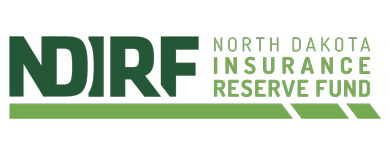New Pregnant Workers Fairness Act
Provided by the HR Collaborative for Local Government
The Pregnant Workers Fairness Act (PWFA) is a new federal law that “requires covered employers to provide ‘reasonable accommodations’ to a worker’s known limitations related to pregnancy, childbirth, or related medical conditions, unless the accommodation will cause the employer ‘undue hardship.’”1 Covered employers are “private and public sector employers with at least 15 employees, Congress, Federal agencies, employment agencies, and labor organizations.”1
A known limitation is one “the employee or employee’s representative has communicated to the employer whether or not such condition meets the definition of a disability specified in section 12102 of this title [section 3 of the Americans with Disabilities Act of 1990].”2
This new law was inspired by past lawsuits brought forward by pregnant workers who suffered at the hands of employers because accommodations were not available or enforced. “As a result, pregnant workers – particularly those in low-wage industries who work on their feet – were often forced out of jobs…others wind up sticking it out – ignoring doctor orders – and putting their health at risk with severe consequences.”4
The EEOC provided the following as examples of reasonable accommodations per this new law: ability to sit or drink water; receive closer parking; have flexible hours; receive appropriately sized uniforms and safety apparel; receive additional break time to use the bathroom, eat, and rest; take leave or time off to recover from childbirth; and be excused from strenuous activities and/or activities that involve exposure to compounds not safe for pregnancy.1
This law went into effect June 27, 2023, meaning related complaints or charges under this law must have occurred on or after this date.
WHAT DO YOU NEED TO DO?
If your entity is a covered employer, you should visit the EEOC’s website to learn about this new law and provide information and education to your employees, especially those in supervisory positions.
In addition to written articles, the EEOC provides an infographic and recorded webinar to help you further understand the new law. You can access these materials on the EEOC’s website here:
- Infographic: https://www.eeoc.gov/sites/default/files/2023-05/PWFA%20Infographic-1_508%20FINAL.pdf
- Recorded webinar: https://www.youtube.com/watch?v=ftxYyTlXetE
After you learn more about this new law, review your workplace accommodation policy(ies) to ensure they meet the conditions of the PWFA regarding a “qualified employee” which is “an employee or applicant who, with or without reasonable accommodation, can perform the essential functions of the employment position.”2 Be sure the policy includes specific language regarding accommodations available to workers protected by the PWFA.
Lastly, create a new form your employees may use to request accommodations under the PWFA. Be sure to include a link to the form in educational communications sent to employees and supervisors.
WHAT’S THE DIFFERENCE BETWEEN THE PREGNANCY DISCRIMINATION ACT AND THE PWFA?
The PDA prohibits pregnancy discrimination and provides “only for limited accommodation rights to employees based on pregnancy/potential intended pregnancy, childbirth, etc.”3 Accommodation rights due to pregnancy or pregnancy-related medical conditions under the PDA have to be only equivalent to accommodations provided to other workers “who are similar in their ability (or inability) to work.”3
Now, “with the PWFA’s new right to reasonable accommodation for those with physical or mental conditions arising from pregnancy, childbirth or related medical conditions, such individuals will not have to show under the PWFA that a non-pregnant employee received the requested accommodation as they do under the PDA; such individuals simply have to show that they are covered under the PWFA and that they require reasonable accommodation due to a physical or mental condition related to pregnancy/childbirth or a related condition.”3
If you have any questions about the Pregnant Workers Fairness Act, please contact the HR Collaborative at HRCollab@ndirf.com.
The HR Collaborative for Local Government (HR Collaborative) provides human resources management training and resources to North Dakota local governments. The program was created in 2008 and as of Jan. 1, 2023, is managed by the North Dakota Insurance Reserve Fund (NDIRF). Further information about the HR Collaborative is available online at www.HRNDGOV.org.
Sources
1 U.S. Equal Employment Opportunity Commission, What You Should Know About the Pregnant Workers Fairness Act, accessed 31 July 2023 from www.EEOC.gov
2 U.S. Equal Employment Opportunity Commission EEOC, The Pregnant Workers Fairness Act, accessed 31 July 2023 from www.EEOC.gov
3 Grossenbacher, K. 2023 June 23, The Pregnant Workers Fairness Act Goes Into Effect On June 27 – Is Your Workplace Ready?, accessed 3 August 2023 from www.JDSupra.com
4 (Peck, E. 2023 June 22. New law protecting pregnant workers set to take effect – and it’s a big deal, accessed 3 August 2023 from www.Axios.com





